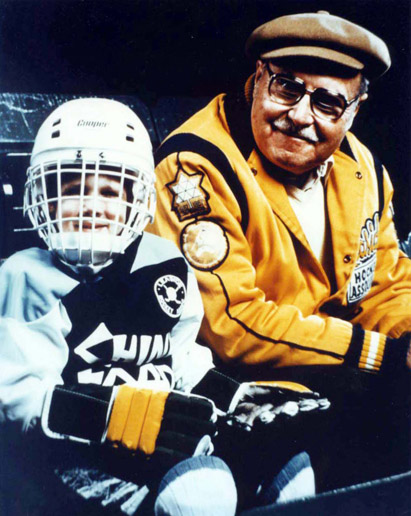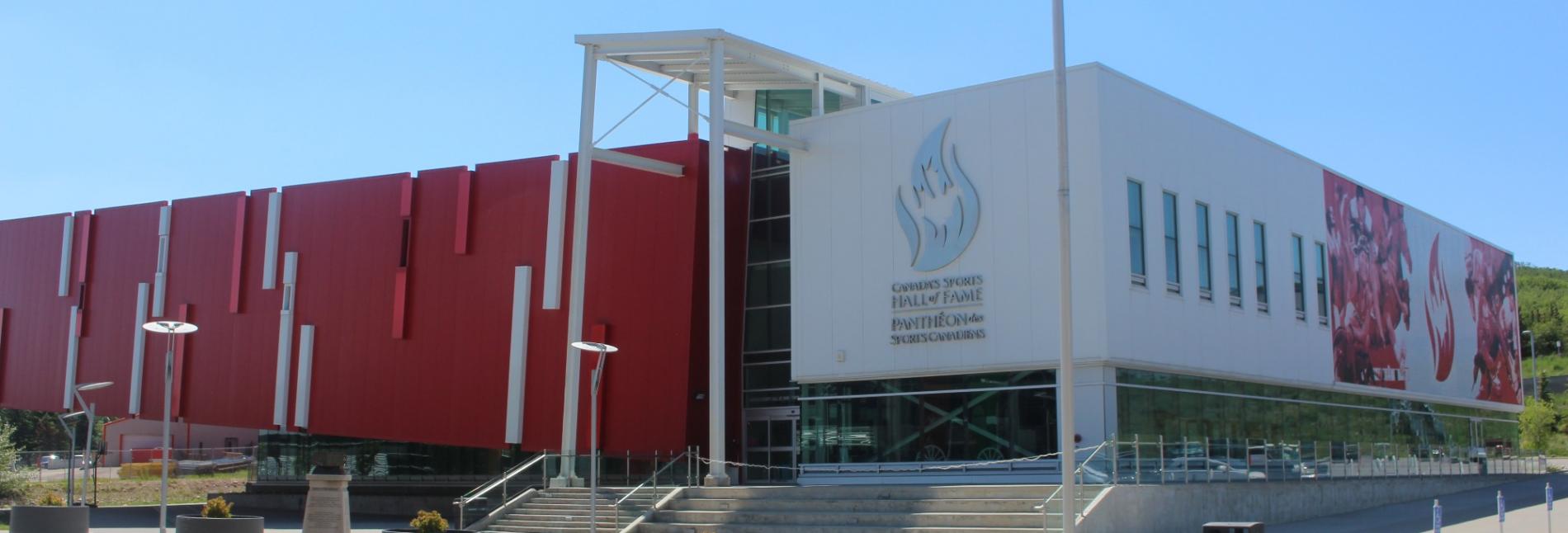Hall of Famer
DR. TOM PASHBY
Inducted in 2000
Member Details
Career Highlights
Helmets made mandatory for players entering NHL
CSA sets standard for facial protectors
Canadian Standards Association Award of Merit
CAHA requires players to wear facial protection
Ontario Hockey Association Distinguished Service Award

Story
Through tireless research and persistent lobbying, Dr. Tom Pashby of Toronto literally changed the face of hockey. In pioneering the development, marketing, and standardization of protective hockey helmets, Dr. Pashby has helped to prevent innumerable career-ending, even life-threatening head injuries. Pashby's crusade began in the 1950s when his teenaged son, Bill, suffered a head injury during a hockey game. The young Pashby came away with only a concussion, but his father immediately realized the potential for much more serious injuries in a game involving blades, bare heads, and solid ice. As there were nothing more than flimsy cardboard helmets available at the time, Pashby bought a polycarbonate helmet from Sweden and forbade his son from playing unless he wore it. This is believed to be the first time a helmet was sported in the Toronto Hockey League. Dr. Pashby soon caught the attention of the Canadian Amateur Hockey Association (now Hockey Canada), which told him that it would make helmet use mandatory in minor hockey if he could set a standard. Dr. Pashby then set to work to improve the head gear's design and function, and in 1965 the CAHA passed their promised motion. In 1975, Dr. Pashby was named chair of the Canadian Standards Association committee, and one of his first orders of business was to publish a standard for helmet manufacturers. As a result, the Canadian Amateur Hockey Association ruled that all players must wear CSA-certified helmets starting in 1976. To Pashby, however, this was still not enough. An ophthalmologist by profession, and a consulting eye specialist for the Toronto Maple Leafs, Dr. Pashby was already familiar with the devastating eye injuries common in rough sports such as hockey. With the Canadian Ophthalmological Society, Dr. Pashby began collecting statistics pertaining to eye injuries incurred through amateur sport during the early 1970s. The results of this Survey of Sports Eye Injuries were astonishing. In the 1972-73 season, eye injuries in hockey players totaled 287, including 20 blind eyes. Figures from the 1974-75 season showed 258 eye injuries, including 43 blind eyes. Pashby's research prompted the CSA to set standards for facial protection in 1979. That same year, helmets were made mandatory for players entering the NHL, while the use of facial protection in amateur play soon followed in 1980. The number of hockey injuries resulting in blindness has now been reduced to less than five per year. Over the next years, Dr. Pashby expanded his crusade to include the prevention of spinal injuries as well as long-term injuries incurred through other sports. The Dr. Tom Pashby Sports Safety Fund was established in 1990 to raise money for research and education in "the prevention of catastrophic injuries in sport and recreation." Thanks to Pashby's continued efforts to make hockey a safer game, the CAHA passed an official rule against checking from behind and made the use of neck guards mandatory starting in 1993. In 2001, the International Ice Hockey Federation and U.S.A Hockey passed a rule against head checking. Through his incredible crusade, Dr. Pashby has prevented countless injuries, preserved numerous sporting careers, and changed many lives. For his insurmountable contribution to sport safety, Dr. Pashby has received numerous awards and honours, including the Canadian Standards Association Award of Merit, Ontario Hockey Association Distinguished Service Award, and the Canadian Sport Safety Award. For his significant impact on the lives of Canadian athletes, he was named to the Order of Canada in 1981.






